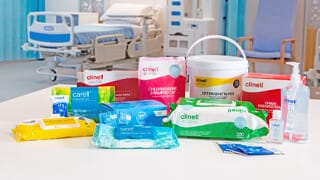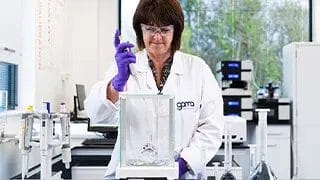Posted
21st January 2016
Research
There is some evidence that passing electricity through a biocide enhances its biocidal activity – a so-called ‘bioelectric effect’. At the molecular level, biocidal activity depends on some sort of chemical interaction at a molecular level. Things tend to happen more quickly in chemical reactions when you add more energy – to a point. And it is likely to be the same with electricity added to a biocidal chemical reaction. And so it is perhaps no surprise that a team of researchers from Belgium found that Porphyromonas gingivalis (an important organism in dentistry) biofilms were inactivated further by chlorhexidine when a 10mA current was run through them. The effect was not identified when a 1.5mA current was used, and the effect was actually fairly modest even with the 10mA current (87% vs 99% reduction, around a 1-log difference). Assuming there is a measurable ‘bioelectric effect’ associated with chlorhexidine, how could this benefit be realised in practice? It’s perhaps possible to introduce a low electric current into specific points of the mouth during dental treatment, but the skin is a lot more tricky. Believe it or not, applying an electric current to the skin is used as a way to improve drug delivery, so perhaps the idea isn’t a far-fetched as it may seem! Chlorhexidine is an excellent biocide, but its effectiveness is reduced by biofilms (as is the case for all biocides) and Gram-negative bacteria are relatively less susceptible to chlorhexidine than Gram-positive bacteria in laboratory studies. Electrifying the skin therefore, terrifying as it may sound, could be a way to help to address these challenges!
SHARE THIS ARTICLE
Tags
Latest News
GAMA Healthcare expands Rediroom fleet with additional order for Midlands Trust
GAMA Healthcare has secured an order for 8 more Redirooms,…
News from the front line: GAMA Healthcare partners with leading Midlands Trust to enhance air quality across two sites
GAMA Healthcare is pleased to announce a significant investment from…
Celebrating 20 Years of GAMA Healthcare: Our Story
This month, GAMA Healthcare celebrates 20 years of helping prevent…
Norovirus: Understanding its transmission and prevention in the UK
Introduction Norovirus is recognised as the leading cause of viral gastroenteritis…










